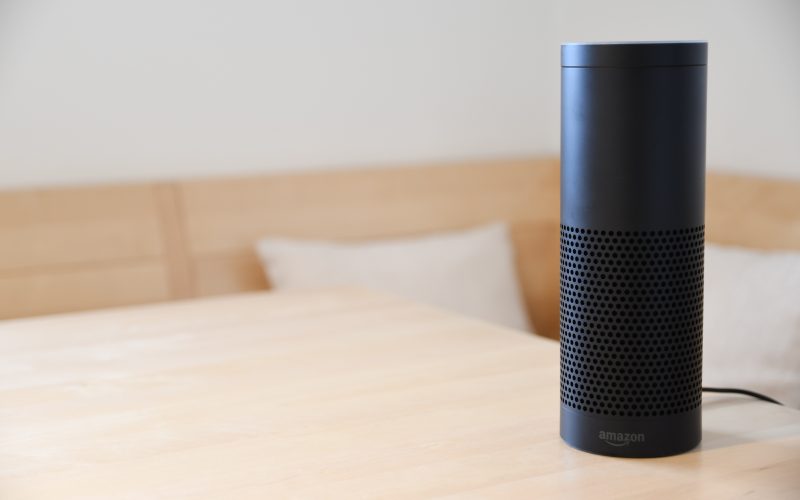Do you have smart lights and smart thermostats? Your light and energy bills have probably never looked better, but have you considered their security? It’s convenient to turn on and off your lights via your phone when you’re out of the house and be able to set a lighting schedule. With smart thermostats, your home can be appropriately heated and cooled based on your living schedule.
Common smart light brands include Philips Hue, Wyze Smart Bulbs, Govee Smart Lighting, and LIFX. You may recognize the brands Ecobee, Honeywell, and Nest if you have smart thermostats. However, your home security is at risk if you have smart lights and smart thermostats.
Smart lights and smart thermostats fall under the term IoT devices, otherwise known as Internet of Things devices. Frequently these devices are made without security in mind.
IoT devices like smart lights and smart thermostats may not initially seem to need security. After all, isn’t it more critical that your smart locks and smart home security systems don’t become compromised?
Keep reading to learn why compromised smart lights and smart thermostats are a severe cybersecurity threat.
What Do Your Smart Lights Know About You?
Your smart lights may not seem to “know” you that well, but they learn your habits to adapt. For example, some smart lights have a feature to turn on or dim at a specific time. Automations like this in your house could signal to thieves when you’re most likely to be home or when you’re fast asleep. But this is not the only risk that compromised smart lights pose to you and your family.
This mindset ignores that once cybercriminals gain unauthorized access to one device, accessing the other IoT devices connected to your network becomes more effortless. Through lateral privilege escalation, a hacker gains a foothold and then uses that foothold to access additional parts of the network.
Hackers could also use compromised IoT devices to conduct DDoS attacks. A DDoS attack is a distributed denial-of-service attack that disrupts the regular traffic of a targeted server, hindering your ability to access your network and connect to websites as you typically would.
You can avoid this by practicing the safe security habits detailed in this article and purchasing comprehensive, affordable cybersecurity.
Smart Lights Security Flaws
Smart lights, despite their benefit to your energy bill, may introduce malware to your internet network. Malware is software designed to disrupt, damage, or gain unauthorized access to your computer system.
A team of researchers discovered a security flaw in Philips Hue smart bulbs and successfully installed malware on the network connected to the bulbs.
Here is how the hackers installed malware on a home network
- The hackers will find a weak point in the wireless protocol of the smart light bulb.
- They begin messing with the brightness and color of the bulb.
- The user wonders what is wrong with the light bulb and opens the app.
- The bulb is labeled “unreachable.”
- The user resets the bulb.
- The central hub for the bulbs adds the hacked bulb to its network.
- The hacked bulb attacks the main hub with data and installs malware.
- The compromised central hub allows the hackers to access the user’s network and send data back.
Once this realization went public, Philips released an update to fix this weak security point. But there could very well be several security vulnerabilities that your smart lights have that the company has not yet addressed.
What Do Your Smart Thermostats Know About You?
Your smart thermostats do a lot more than help save you money on energy bills. They learn your schedule to reduce energy usage and respond to a convenient app on your phone, even when you’re not home.
Your thermostats know when you’re not home when you come back, and when you go to bed. For thieves and cyber criminals, this information is invaluable. However, what your thermostat learns can be incredibly valuable to malicious actors.
Smart Thermostats Security Flaws
Smart thermostats face similar security problems as smart lights do. They are especially vulnerable to hackers if you do not follow proper cyber security practices.
That’s why it’s critical to protect your home and family by practicing simple security habits and purchasing personal cybersecurity.
How Do I Protect And Secure My Home?
Some proper security practices to secure your home include
- Hard-wiring your devices to the Internet through an ethernet port, as opposed to a simple WiFi connection.
- Change the default settings on your wireless router.
- Choosing strong and unique passwords.
- Ask your guests to use a guest WiFi password when connecting to the internet.
- Disconnecting unnecessary or unused IoT devices.
IoT devices like smart lights and smart thermostats are not made with solid security features. Though these practices are practical and can be completed by every family member, they only go so far in protecting your home. For more details about IoT device security and other IoT applications, go to our article here.
Luckily, a personal cybersecurity plan can protect you and your family from network and IoT device threats. Agency, a cybersecurity company, offers business-level cybersecurity that prevents, monitors, and mediates problems if they arise. Try a 1-month trial for free to protect your home and family!







